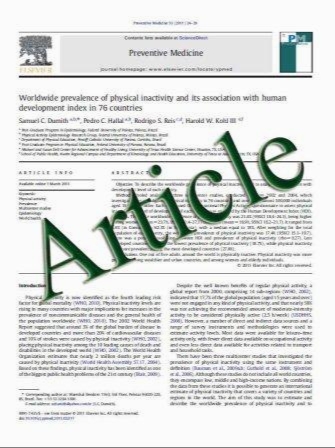Pharmacodynamics and Safety of Pantoprazole in Neonates, Preterm Infants, and Infants Aged 1 Through 11 Months with a Clinical Diagnosis of Gastroesophageal Reflux Disease
- نوع فایل : کتاب
- زبان : انگلیسی
- مؤلف : Jaroslaw Kierkus Wanda Furmaga-Jablonska Janice E. Sullivan Elmer S. David Dan L. Stewart Natalie Rath Caifeng Fu Wenjin Wang Mary K
- چاپ و سال / کشور: 2010
Description
Background Limited data on proton pump inhibitors in infants led regulatory agencies to request sponsors to conduct pediatric studies. Aim To determine the pharmacodynamic response to pantoprazole in infants with GERD to aid the dose selection for an efficacy study. Methods In two open-label studies, neonates and preterm infants (study 1, *1.2 mg/kg [high dose]) and infants 1 through 11 months (study 2,*0.6 [low dose] or*1.2 mg/kg [high dose]) received once-daily pantoprazole. Twentyfour- hour dual-electrode pH-metry parameters were compared between predose and steady state (C5 days) (twosided paired t test). Treatment was administered for B6 weeks. Results In studies 1 and 2, 21 and 24 patients, respectively, were enrolled for pharmacodynamic evaluation. The high dose provided similar responses in the two studies and improved these parameters significantly: mean gastric pH and percent time gastric pH[4 increased (p\0.05 both studies), normalized area under the curve (AUC) of gastric H? activity decreased (p\0.05 study 2), and normalized AUC of esophageal H? activity decreased (p\0.05 both studies). The AUC of esophageal pH\4 decreased. Normalized AUC of esophageal H? activity decreased (p\0.05 both studies), indicating refluxate pH increased, although this was not reflected in any change in mean esophageal pH or reflux index. The normalized AUC of esophageal H? activity was a more sensitive measure of changes in esophageal pH. Conclusions In neonates, preterm infants, and infants aged 1 through 11 months, pantoprazole (high dose) improved pH-metry parameters after C5 consecutive daily doses, and was generally well tolerated for B6 weeks.
Dig Dis Sci (2011) 56:425–434 DOI 10.1007/s10620-010-1321-3 Received: 1 April 2010 / Accepted: 15 June 2010 / Published online: 7 July 2010


